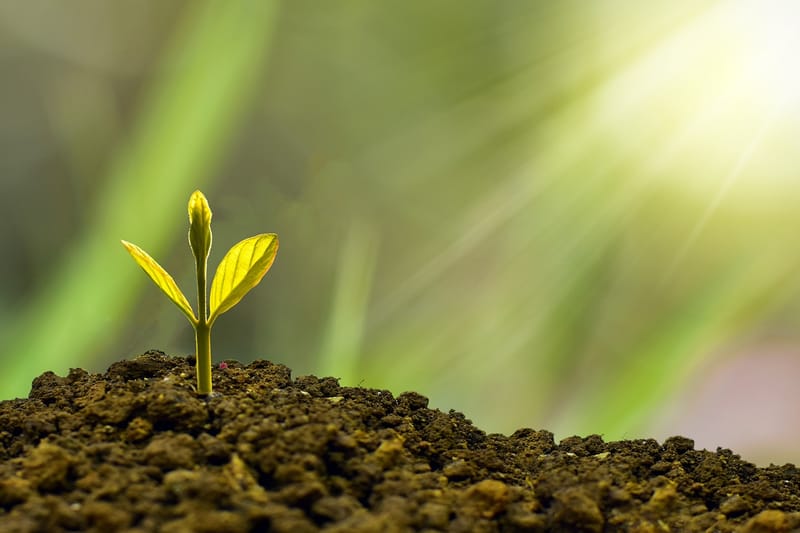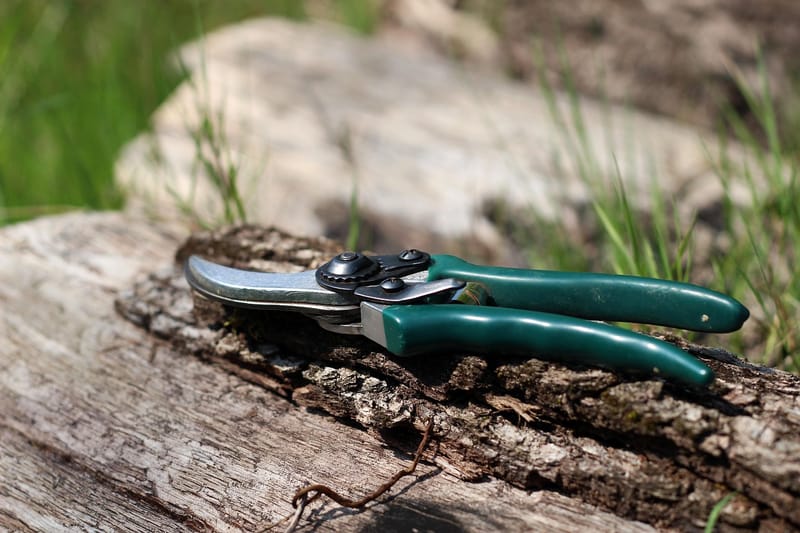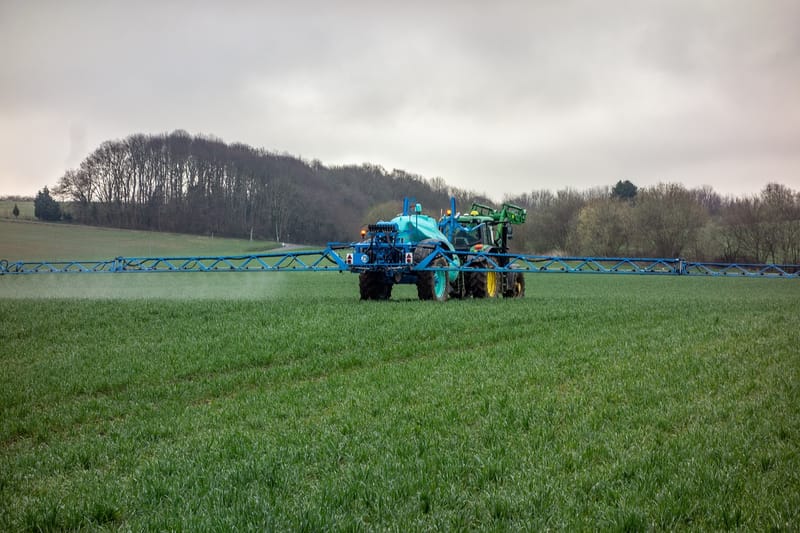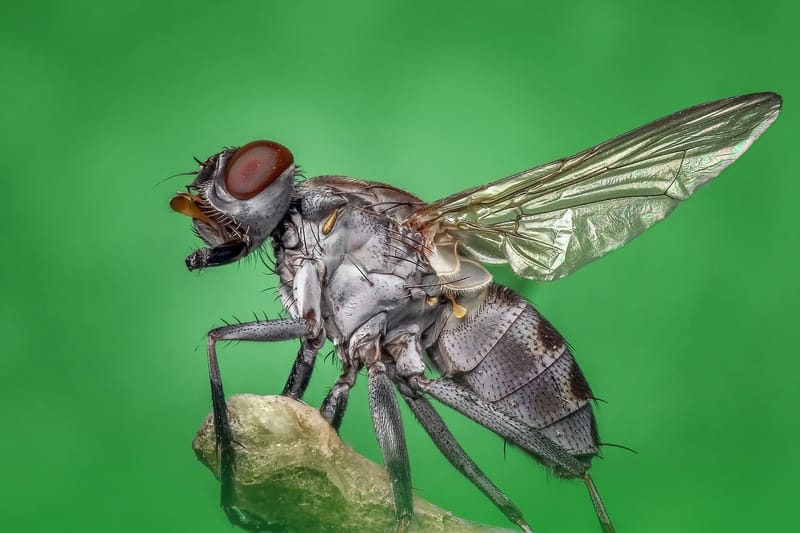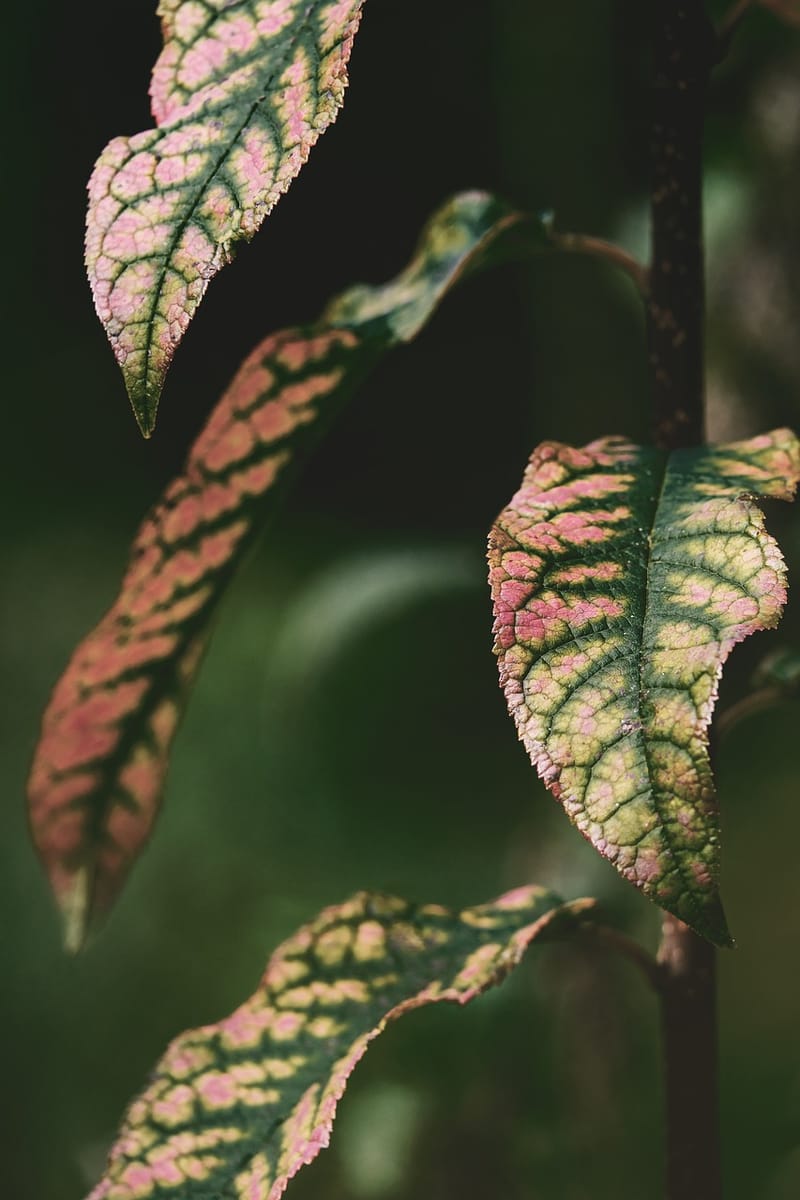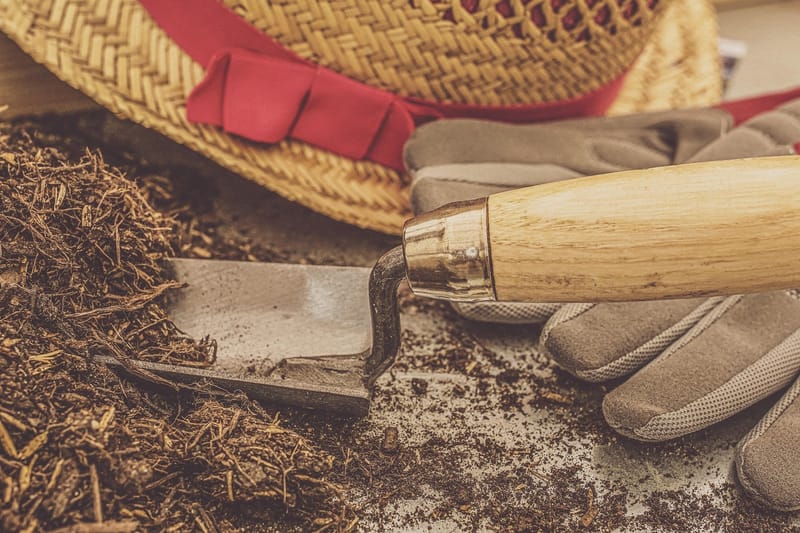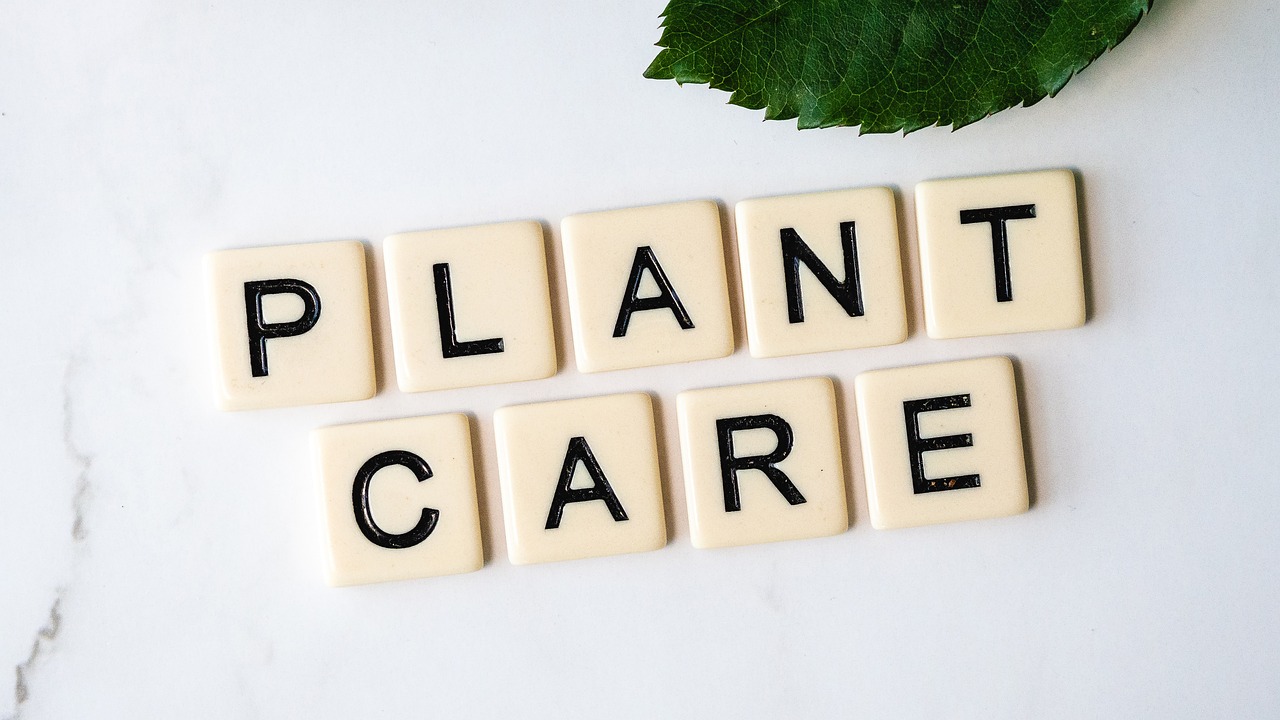Plant Care - Part 3
Tips for Plant Maintenance - Part 3
Introduction:
Welcome to the third part of our series on plant maintenance tips! In this article, we will explore more valuable insights to help you nurture your indoor and outdoor plants effectively. Let's dive in!
1. Watering:
Watering is essential for plant health, but overwatering can be detrimental. Ensure you water your plants according to their specific needs. Check the soil moisture before watering to avoid root rot. Different plants require different watering frequencies, so it's crucial to understand the requirements of each plant in your care.
2. Pruning:
Regular pruning is key to promoting healthy growth and maintaining the shape of your plants. Remove dead or yellowing leaves, trim overgrown branches, and prune flowers to encourage new blooms. Use sharp, clean tools to prevent damage and infection. Remember to research the specific pruning needs of each plant species.
3. Fertilizing:
Plants need nutrients to thrive, and fertilizing can help replenish essential minerals in the soil. Choose a fertilizer that matches your plant's needs, whether it's a balanced formula or one designed for specific types of plants. Follow the instructions carefully to avoid over-fertilization, which can harm your plants.
4. Pest Control:
Monitor your plants regularly for signs of pests like aphids, mites, or mealybugs. Natural remedies like neem oil or insecticidal soap can help control infestations without harming beneficial insects. Remove any affected leaves or stems promptly and isolate heavily infested plants to prevent the spread of pests.
5. Sunlight:
Plants require adequate sunlight to photosynthesize and grow. Place sun-loving plants in bright, indirect light and shade-loving plants in areas with filtered sunlight. Rotate your plants occasionally to ensure even exposure to sunlight and prevent them from leaning toward the light source.
6. Repotting:
As plants grow, they may outgrow their containers and become root-bound. Repotting allows them to spread their roots and access more nutrients. Choose a slightly larger pot with good drainage, and refresh the soil to provide a fresh start for your plant. Be gentle when handling the roots to avoid damage.
Conclusion:
By following these plant maintenance tips, you can create a thriving environment for your indoor and outdoor greenery. Remember that each plant is unique, so take the time to understand its specific needs and adjust your care routine accordingly. Stay tuned for more helpful insights in our upcoming articles!
